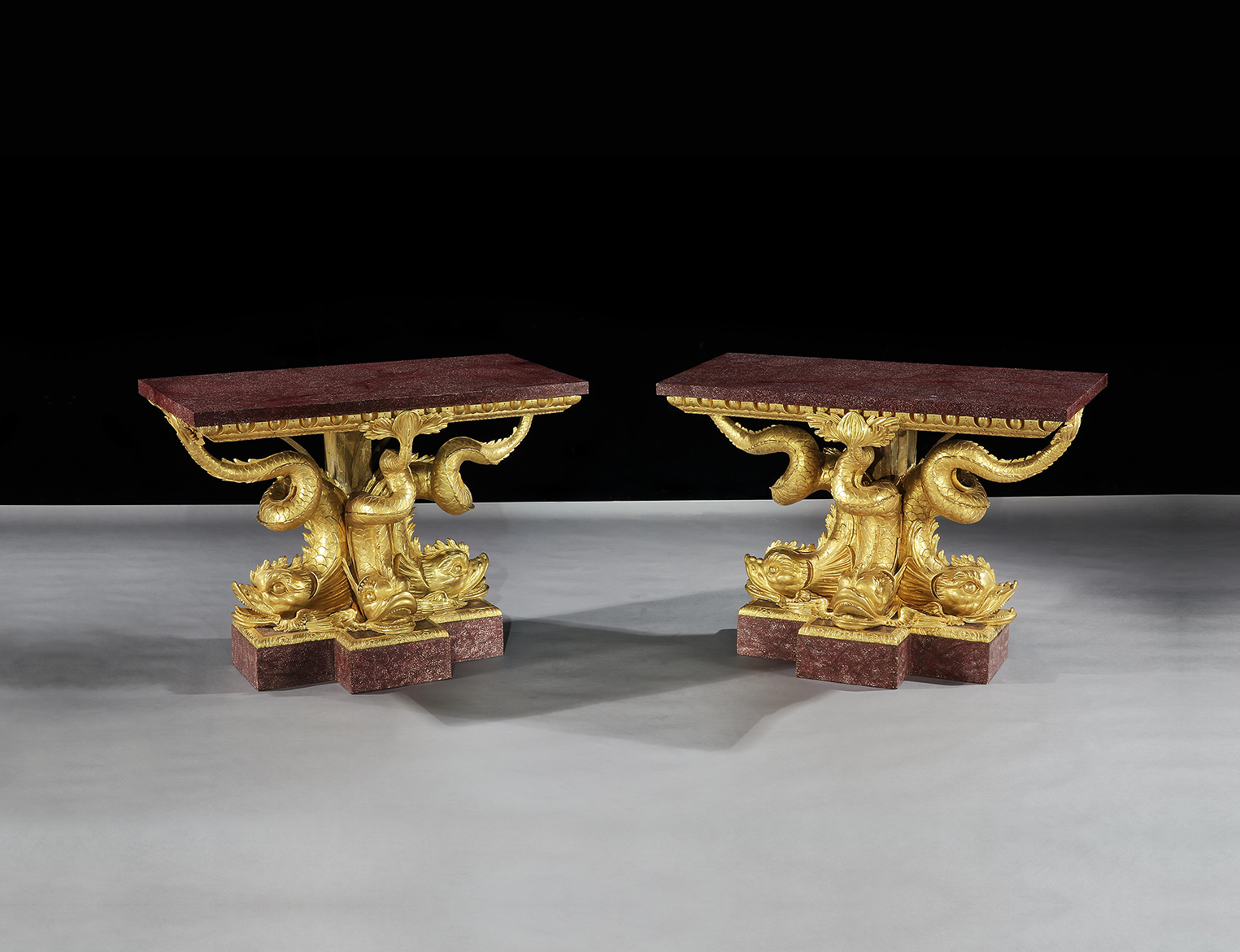While the antiques market in the US and UK have always been different, they have peacefully co-existed for many years. “The lines have blurred quite a bit since we started dealing back in 1991,” says Kevin Kleinbardt, co-owner of New York-based Yew Tree House Antiques, which focuses on English country furniture and European folk art. “The American market was traditionally always more decorative while the English market was more academic, but I have seen the UK decorative market boom in the last 20 years.”
The American antiques market was traditionally always more decorative while the English market was more academic – Kevin Kleinbardt, co-owner of Yew Tree House Antiques
“The antiques and decorative arts markets have changed enormously over the last 40 years in the UK,” says London-based dealer Frank Partridge, who is named after his great-grandfather who started his eponymous family company in 1904 and today specialises in European antiques from the 18th century, including very fine French furniture.
“The stately homes here after WWl had to raise funds and so a large number of antiques were sold and a market developed. Museums and the new rich, who found it fashionable to collect these pieces for themselves, then bought the best items,” Partridge says. “What I would refer to as the destruction of the English country house continued up to around the late 1970s, when the government decided that it was imperative to try and save some of these estates and our heritage. As a result, a number of the great houses became tourist destinations.” With fewer goods then coming onto the market, dealers both in America, the UK and France, discovered that the supply of museum quality items was dwindling.
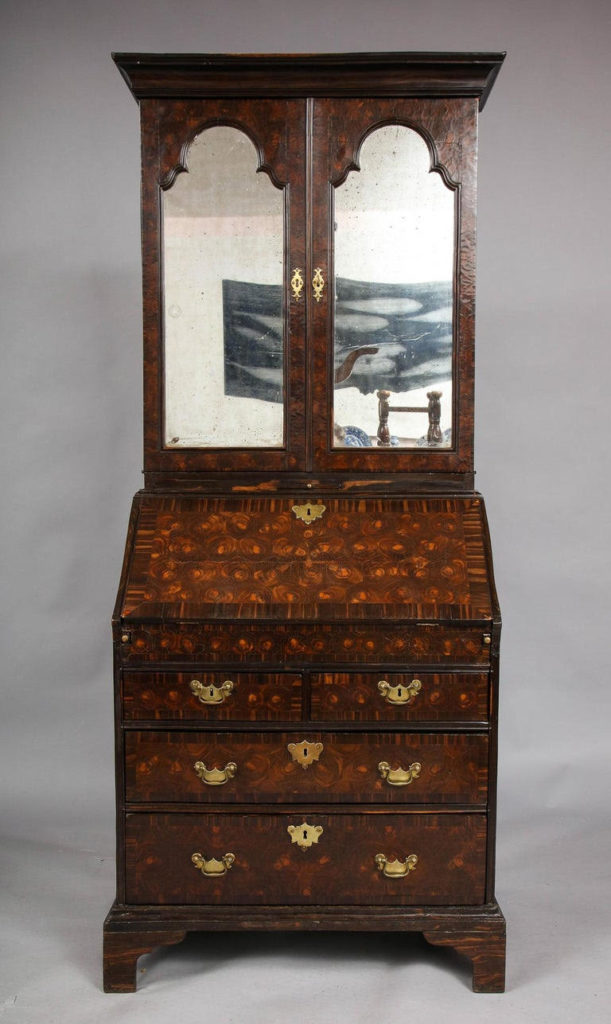
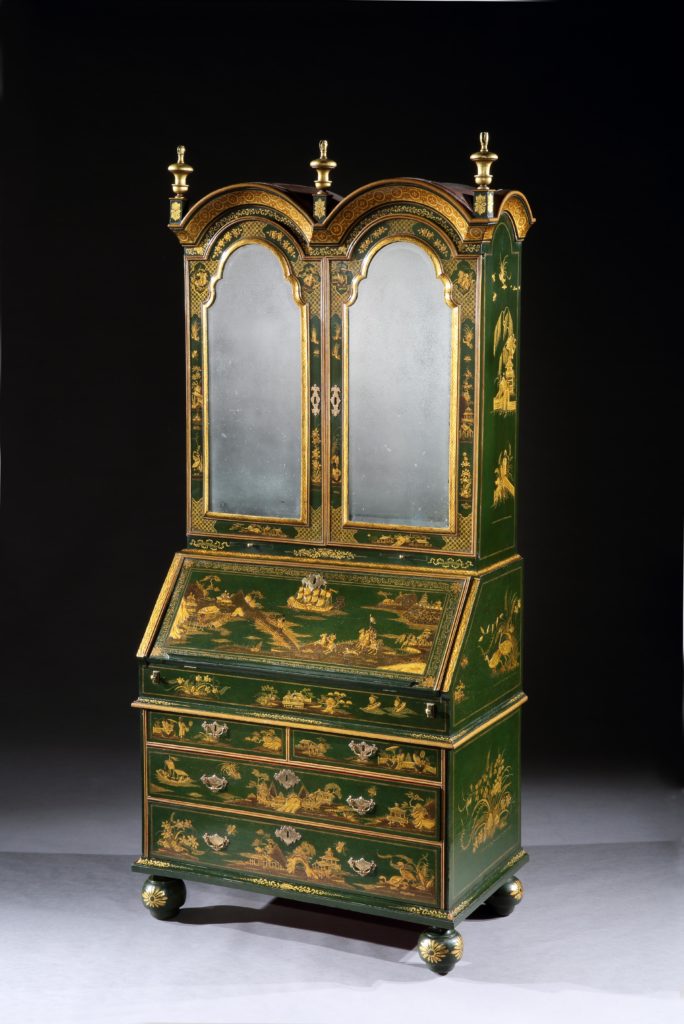
American antiques traditionally copied the styles found in Europe, but with a slight lag of a couple of years. “The basic styles are usually quite similar but the American versions tend to be for a slightly less affluent or refined buyer, so the pieces tend to be a little simpler and less nuanced,” says Los Angeles-based designer Timothy Corrigan who is in the process of renovating his own chateaux in France. “Often the quality of the wood and the construction of a European piece will tend to be higher than its American counterpart. Even within European antiques, you will see variations of the same style: for example, a neo-classical commode from France, Sweden and Italy will all be somewhat different. It honestly all comes down to personal taste.”
American antiques have by nature become more global in their trajectory. Before 1972, a piece that was popular in New York would not sell in Florida and only dealers who would commit to transporting them long distance would be able to expand the regional nature of their desirability of their goods. After 1972, the beginnings of antique and group shows, magazine and pricing guides started to educate and groom potential buyers outside of the region of origin of the pieces themselves, and dealers started to populate and prosper.

Despite its ability to transcend boundaries, taste for Americana style has tended to draw more demand from its own country: “Folk art has been collected in the US since the early part of the 20th century, but really caught wind in the fifties and sixties, says Kleinbardt. “In the UK, it really took until the late eighties for it to be taken seriously, and it still hasn’t reached the stratospheric levels achieved by its American cousins.”
“Luckily there have always been American clients who want to buy their furniture in London,” says Simon Phillips of Ronald Phillips Ltd, a London-based English antiques firm specialising in the 18th century, which Phillips’ father founded in 1952. But demand has definitely declined in the last five years with the passing of many major collectors. “We must get the young more interested in preserving our past as we look towards living in the future, no matter the kind of space we occupy,” says Phillips. “I am hoping that in the long run, Covid will help the market.” Many dealers cited that trade is happening at a more frenetic pace since the pandemic caused people to flee cities and buy homes in the country or a bigger home than they already had. And they are embracing warmer pieces with character and history.
We must get the young more interested in preserving our past as we look towards living in the future – Simon Phillips of Ronald Phillips Ltd
Regardless of which side of the Atlantic they are based, all dealers must embrace the challenge and the benefits virtual selling brings. “Now I don’t have to just be competitive with the dealer down the street, but also with the dealer in Los Angeles, London and Brussels,” says Kleinbardt, who is quick to admit that at the same time, he’s reaching clients in Hong Kong, Vancouver or Milan because of online reach. “Without the overheard shackles of maintaining a storefront, it’s freed up our ability to do what we love doing: buying and selling lovely old things. “
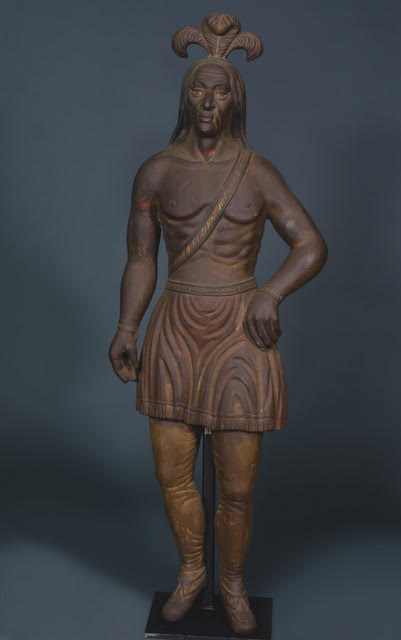
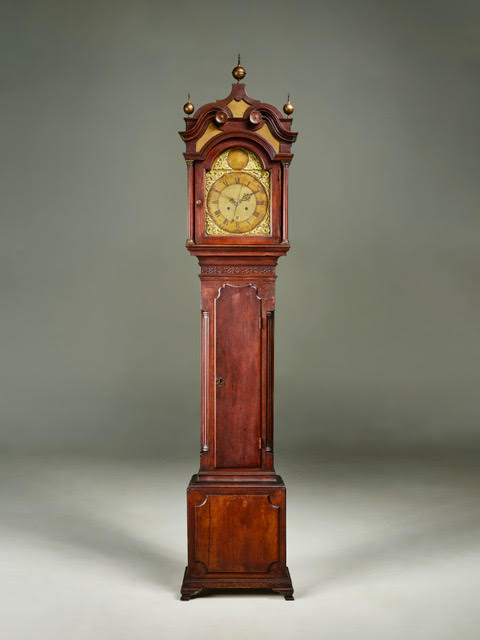
“There will always be a local audience for regional art, whether in the UK or the US,” says Kelly Kinzle, a Pennsylvania-based dealer who specialises in Pennsylvania German folk art and furniture. “Clients often prefer to build their collections with objects from their local area, regardless of where they live. That being said, great objects are great objects and are collected globally. We sold a wonderful collection of early American painted militia drums to a customer from Argentina.”
Clever and forward-thinking dealers have helped new customers use antiques in new ways and we have to continue to think creatively – Kelly Kinzle
He also cites that collectors are getting older and the market for traditional antiques is shrinking and that dealers everywhere are having trouble attracting younger customers to the marketplace. The custom of relying on a specific dealer’s knowledge and expertise to help build a collection is all but gone as the internet and auctions have levelled the playing field for buyers. “The pandemic has expedited all of these trends,” says Kinzle. “But clever and forward-thinking dealers have helped new customers use antiques in new ways and we have to continue to think creatively.”
Over the years, the American antiques market has been driven by decorators, while the English market has been driven by private collectors, but there are some American designers who have interestingly turned their gaze from Europe back to their own country. “I used to buy only English antiques for myself and my clients,” says New York and Hamptons-based designer Alex Papachristidis. “But over the years I find myself drawn to the clean simplicity of American antiques. It feels like a lovely homecoming.”
Effect Magazine is brought to you by Effetto



